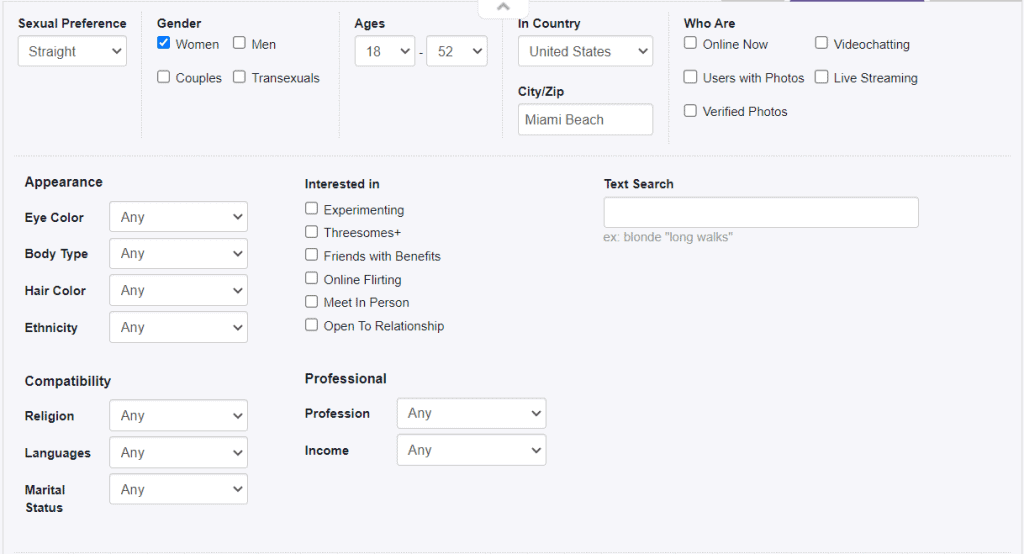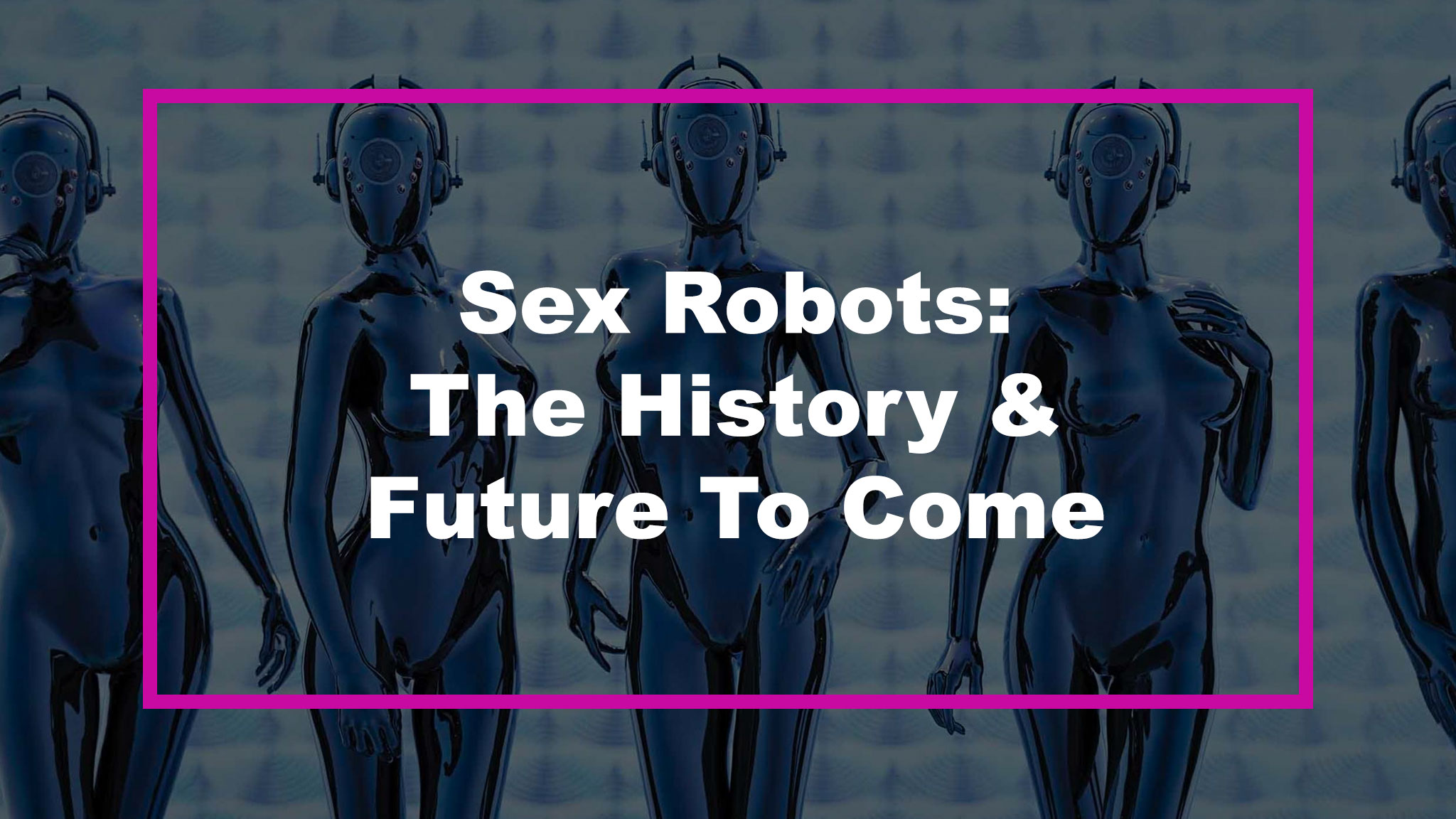This post is for all the camming lovers that need some TLC from amateurs. I’m talking about the girl next door and more. I’ve written this for you and if you’ve not heard of Hrny.com then this review just may shock you!
Hrny Review: The Open-minded Dating Network You Never Knew You Needed

Regardless of your sexual preferences, you deserve to be able to make use of a casual dating site to hook up if that is what you feel like doing. You are an adult after all. The only problem is that identifying a platform that will allow you to do so is not easy. Even if you do find one, there are often security concerns, a push to use unwanted partner sites, and a bunch of catfish.
As someone who also had their fill of other sites that weren’t doing it for me, I decided to try out Hrny.com, and the experience was game-changing. Let me take you through it.
Wanna Flirt? What Makes Hrny Great?

Before I do the deep dive, I just wanted to stop and share a summary of the upsides I found in my experience. That way, you can see them at a glance, which will allow you to properly tailor your expectations:
- The platform makes it very clear that it is an open-minded dating site geared towards those who want casual fun, and its features support that.
- The matching process seems fairly intuitive and consistent.
- You can enjoy the site without paying for its premium features.
- There is a group chat function for those who are into that.
- The site quality and customer support are very respectable.
- Fake profiles are identified and removed by a team that looks for them 24/7.
- User profiles can be made discreet or inactive at will.
Downsides of Hrny.com
It wouldn’t be fair of me to talk up the site and ignore the downsides you may encounter as you use it. Keep the following in mind:
- Inactive profiles are pretty common.
- Not all users upload photos.
- The main feed you see upon signing in can be a bit cluttered.
Who Is This Hrny.com Review For?
Regardless of your marital status or kinks, if you’re reading this, then you’re likely considering jumping onto a dating site with other curious humans to search for some kind of fulfillment or other. My purpose with this Hrny.com review is to share my personal experience, as it may help others to decide if the platform is for them or not.
Is Hrny for Everyone?

As I said before, Hrny makes it clear that this is the one-night stand club, and other members are very much aware of that. The site has many members worldwide, and they all know that they are not there for anything long-term. It is surprising how forward live members can be, and this is coming from someone who expects people to go crazy when they’re behind a keyboard.
I’m not saying anything is wrong with you if you want something more long-term than casual hookups. What I am saying, though, is that you may want to consider another platform, as the main focus on Hrny is not that.
What Was My Casual Dating Experience Like?
One early evening, I decided that I wanted to have a little fun with no strings attached. A little research led me to the home page of Hrny, but I realized there wasn’t too much information out there on the site. So I decided, why not experiment and record my experience?
The Registration Process

The Hrny.com signup process is very straightforward.
If you’ve ever signed up to create a profile on a site, I’d say that Hrny is just about what you’d expect. I was asked to select my gender and my interest (men, women, couples, etc.). After that, I was asked for some personal data, including my age, country, and zip code. That’s followed up by an optional step to fill out profile details, such as my hair color, display name, and bio. I did that to maximize my chances of being someone’s match.

Hrny requires a few pieces of basic information for you to get started
Advanced Search Filters

Hrny provides an outstanding dedicated search button.
The advanced search button is one of the best things about Hrny. Normally, there’s a “main lobby” area on these sites that will allow you to put in a couple of criteria and search for members. This site takes it to a new level by allowing you to fine-tune your search to an unbelievable extent. I was able to choose the following criteria:
- Asian ethnicity
- Users with photos
- Women
- Couples
- Online now
- Interested in threesomes and experimenting
Of course, I only got a few results that met the requirements, but with a feature like this, that’s the point!
Customization Options

The different settings you can modify on Hrny
The search is not the only thing customizable. From the settings area, I was able to make my profile discreet, edit my notification settings, turn on notifications when a certain girl was live, unblock someone I accidentally blocked, and more. Even account deactivation is an easily reachable option if you feel like this isn’t for you.
The Member Profiles

A completed Hrny profile
When you click on the live members button, you may want to check people out before looking at their content. I find that the profile pages are pretty compact, especially considering all the information that members are allowed to enter. The layout is also logical, allowing you to see a profile photo, a bio, and options for engagement. Completed profiles make it very easy to decide if someone is for you or not. Note that NSFW content is allowed.
Dating Site Communication

From the main profile page, I could begin a conversation with the click of a button. Communication is available in different forms, including private video chat, priority messaging, and the member chat feature that allows for group conversation. I’m more of a one-on-one talker, but I know many others prefer the interactions of a group setting.
Final Verdict: Is Hrny.com Right for You?

If you’re looking to keep your options open and meet new faces to set up a potential hookup, Hrny is the place to be. While many other sites are notorious for fake profiles and rampant unscrupulous activity, this is not a platform where that is the norm.
I like the fact that the free experience allows you to still potentially enjoy the company of singles or couples. However, I will say that the site truly comes alive if you decide to buy credits to use some of the premium features. All in all, it’s a great platform for you to put in the work to get laid.















